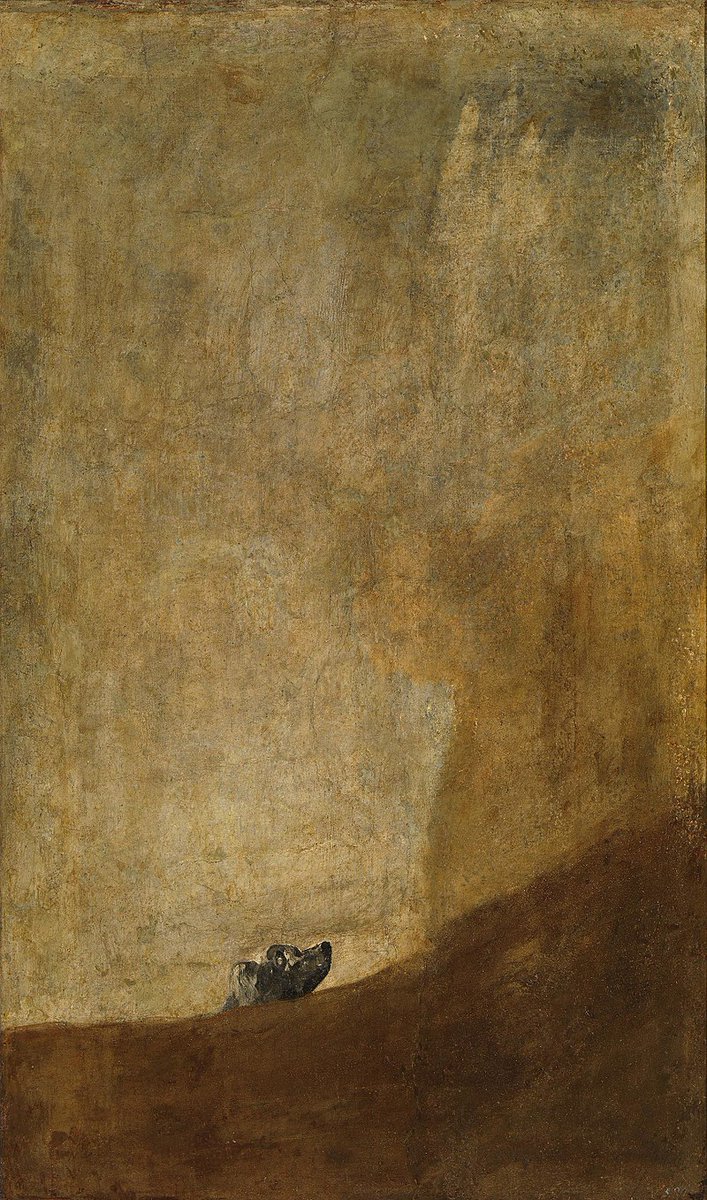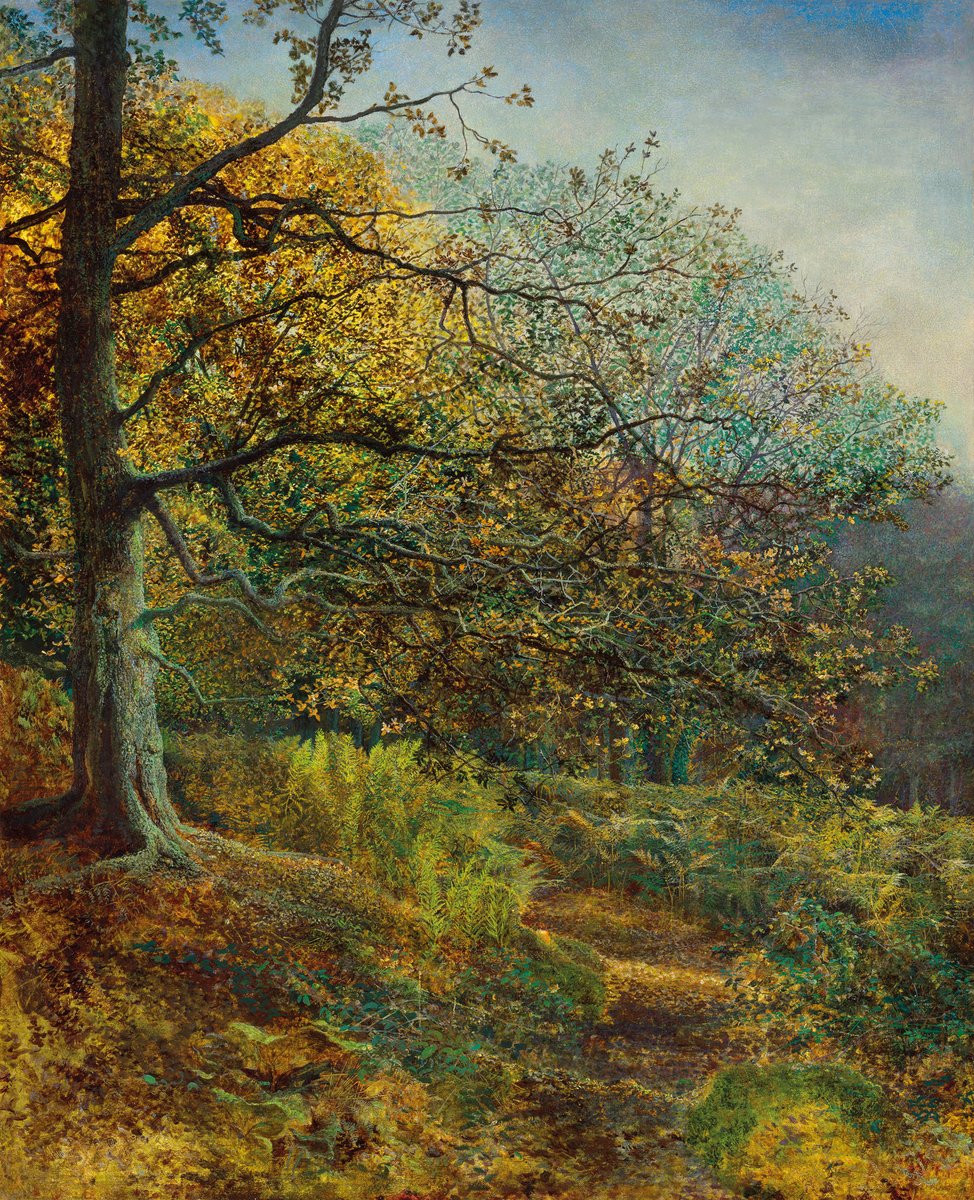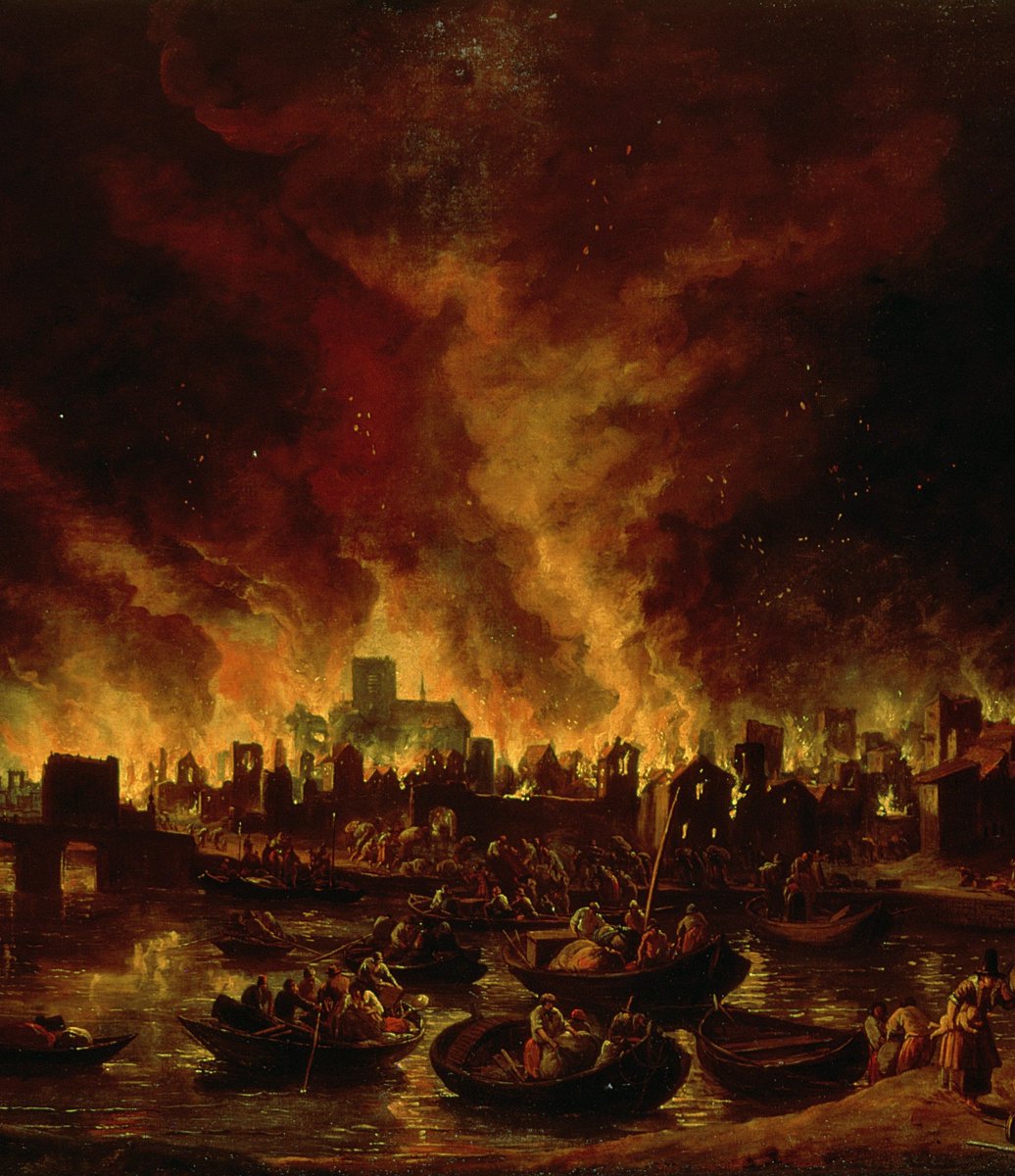
How to get URL link on X (Twitter) App


 Giuseppe Arcimboldo was born in Milan in the year 1526, and he spent his life working in the court of the Holy Roman Emperors.
Giuseppe Arcimboldo was born in Milan in the year 1526, and he spent his life working in the court of the Holy Roman Emperors.

 The Ancient Romans were serious about mass entertainment.
The Ancient Romans were serious about mass entertainment.

 When talking about Gothic Architecture — the architecture of Medieval Europe between the 12th and 16th centuries — people tend to focus on the outward appearance of buildings.
When talking about Gothic Architecture — the architecture of Medieval Europe between the 12th and 16th centuries — people tend to focus on the outward appearance of buildings.

 It's almost impossible to understand the scale of the First World War, which lasted from 1914 to 1918, until you've seen the cemeteries that had to be created after it ended.
It's almost impossible to understand the scale of the First World War, which lasted from 1914 to 1918, until you've seen the cemeteries that had to be created after it ended.

 New York's Museum of Modern Art — opened on 7th November 1929 — was founded by Abby Aldrich Rockefeller, Lillie P. Bliss, and Mary Quinn Sullivan.
New York's Museum of Modern Art — opened on 7th November 1929 — was founded by Abby Aldrich Rockefeller, Lillie P. Bliss, and Mary Quinn Sullivan.

 2. Stormtroopers Advancing Under Gas by Otto Dix (1924)
2. Stormtroopers Advancing Under Gas by Otto Dix (1924)

 The first thing to know about Erasmus is that he was born in 1469 and died in 1536.
The first thing to know about Erasmus is that he was born in 1469 and died in 1536.

 First, who built Borobudur?
First, who built Borobudur?

 The story begins over two thousand years ago with the architecture of Greece and (later) Rome.
The story begins over two thousand years ago with the architecture of Greece and (later) Rome.

 The term "Indian Architecture" is impossibly broad — it covers thousands of years, dozens of styles, and countless wonders, from the Hawa Mahal to Kirti Stambha.
The term "Indian Architecture" is impossibly broad — it covers thousands of years, dozens of styles, and countless wonders, from the Hawa Mahal to Kirti Stambha.

 John Atkinson Grimshaw was born to an ordinary family in northern England in 1836.
John Atkinson Grimshaw was born to an ordinary family in northern England in 1836.

 And it begins with Julius Caesar.
And it begins with Julius Caesar.

 The story begins with Napoleon and his invasion of Egypt in 1798 — painted below by Jean-Léon Gérôme.
The story begins with Napoleon and his invasion of Egypt in 1798 — painted below by Jean-Léon Gérôme.

 John Singer Sargent was born to American parents in Florence, Italy, in 1856.
John Singer Sargent was born to American parents in Florence, Italy, in 1856.

 2. November by John Atkinson Grimshaw (1879)
2. November by John Atkinson Grimshaw (1879)

 This is about architecture — but the story begins with art.
This is about architecture — but the story begins with art.

 The etymology of the word "azulejo" tells you where it originated.
The etymology of the word "azulejo" tells you where it originated.

 Architecture and urban design aren't only about buildings.
Architecture and urban design aren't only about buildings.

 London is strange.
London is strange.

 It was October of 1888 and Vincent van Gogh was in Arles, southern France.
It was October of 1888 and Vincent van Gogh was in Arles, southern France.